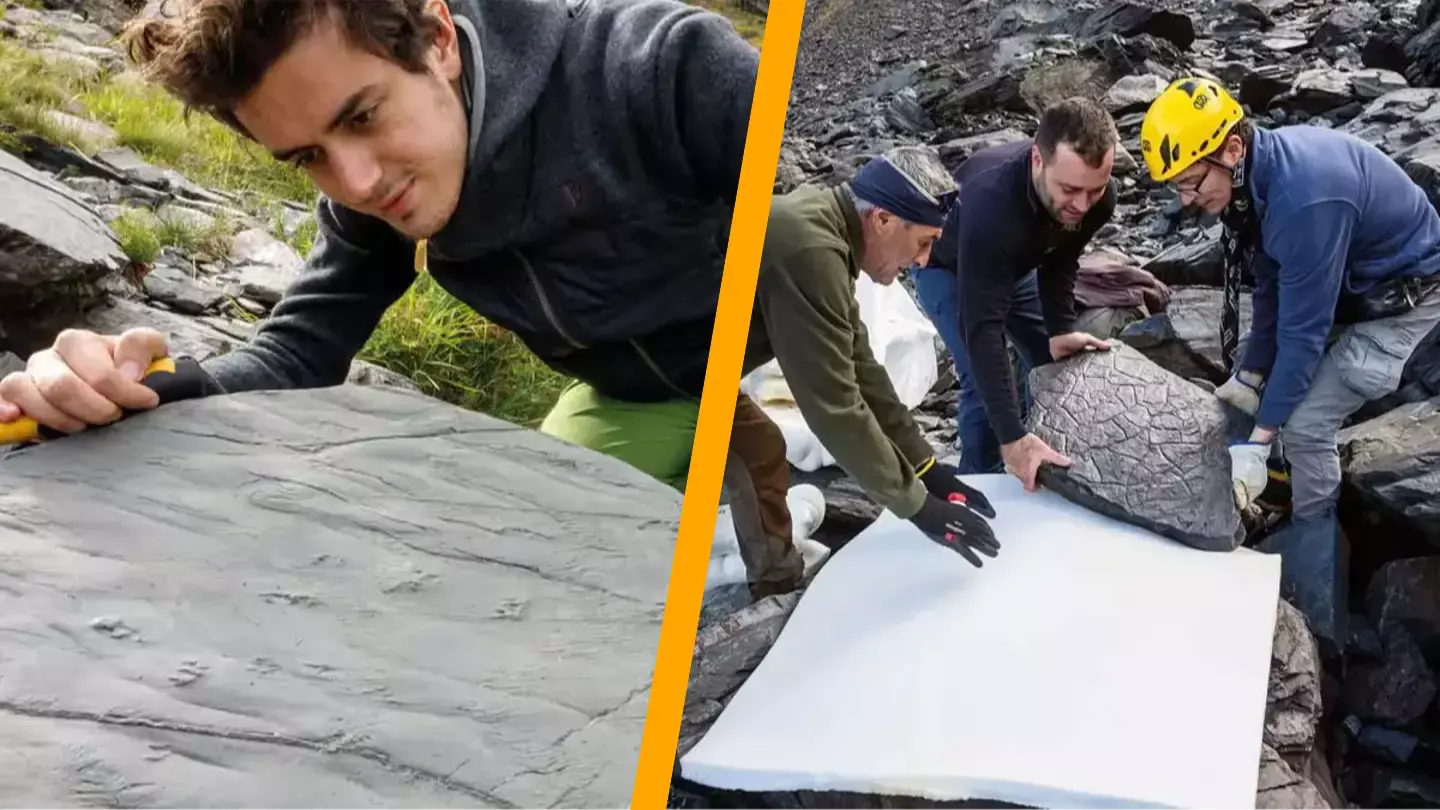A hiker’s unexpected find in the Italian Alps has led scientists to uncover a prehistoric world dating back 280 million years. Claudia Steffensen, from Lovero, a village in Sondrio province, was trekking in the Ambria valley, near the Swiss border, when she came across a light grey rock covered in peculiar circular designs, initially mistaking it for concrete.
Upon closer inspection, Steffensen realized these designs resembled footprints. She photographed the intriguing rock and shared the image with her friend, photographer Elio Della Ferrera. Ferrera passed the photo to Cristiano Dal Sasso, a palaeontologist at the Museum of Natural History in Milan.
Dal Sasso, with the help of other experts, investigated the image further, confirming that the patterns were indeed footprints. These tracks are believed to belong to a reptile from the Permian period, approximately 280 million years ago.
The Permian period is notable for having experienced three or four major extinction events and the formation of the supercontinent Pangaea. Steffensen’s discovery came about while she and her husband were seeking relief from the heat in the Ambria Valley.
She described the moment to The Guardian: “On our way back down, we had to walk very carefully along the path. My husband was in front of me, looking straight ahead, while I was looking towards my feet. I put my foot on a rock, which struck me as odd as it seemed more like a slab of cement. I then noticed these strange circular designs with wavy lines. I took a closer look and realised they were footprints.”
Following Steffensen’s find, experts have been mapping the Valtellina Orobie nature park, including areas nearly 3,000 meters high. Since summer 2023, these efforts have uncovered hundreds of additional fossilized footprints.
These tracks are understood to belong to at least five different species of animals. Doriano Codega, president of the Valtellina Orobie nature park, linked the discovery to climate change, noting the exceptional altitude and preservation of the relics: “This is an area subjected to landslides, so there were also rock detachments that brought to light these fossils. This is a very important paleontological discovery.”
Lorenzo Marchetti, an ichnologist at the Museum of Natural History in Berlin, highlighted the remarkable details preserved in the fossils, including “the imprints of fingernails and the belly skin of some animals.”

